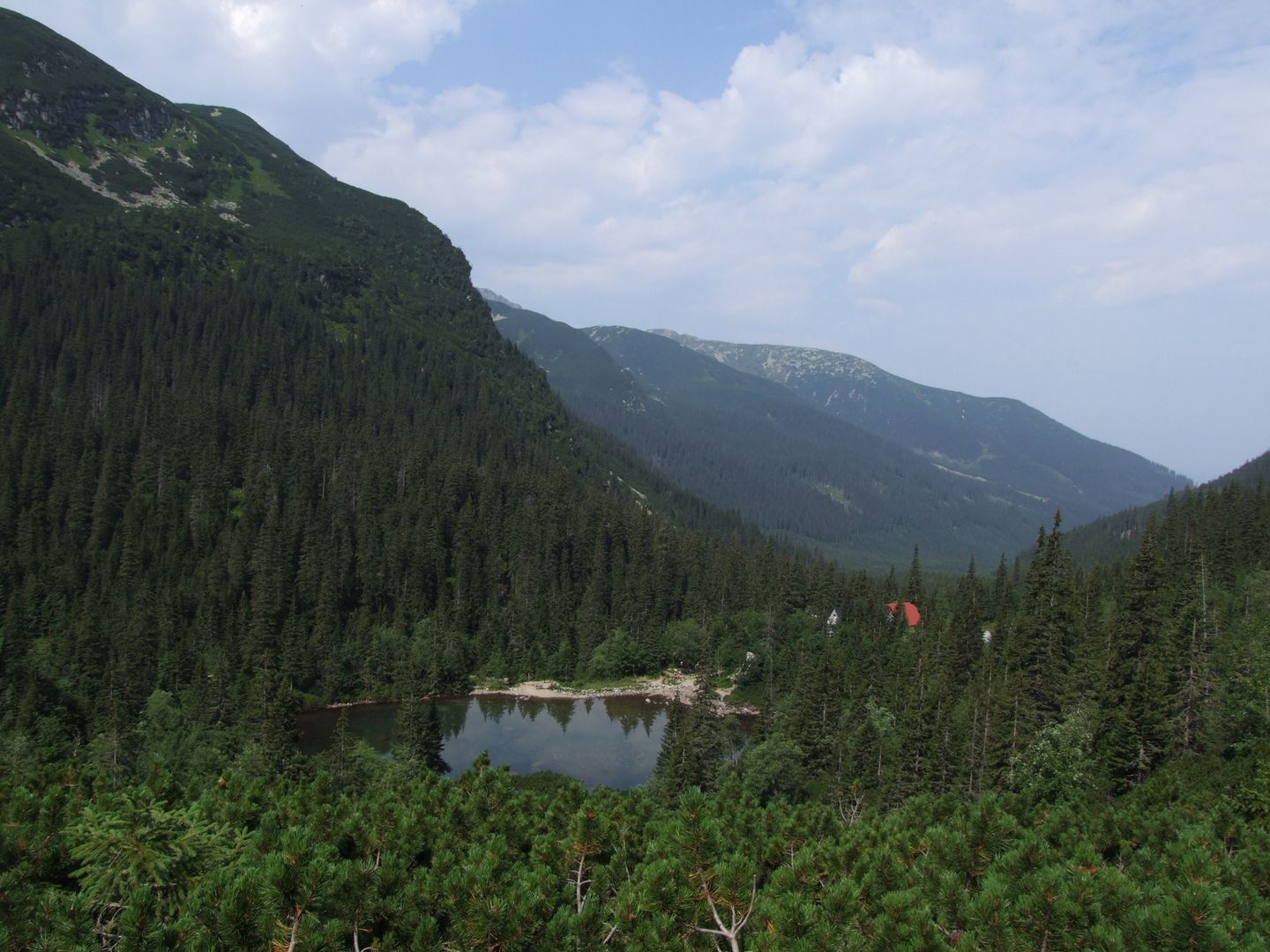Rohacki Buffet
7.08

Overview
Rohackie Shelter (Ťatliakova chata) is a place with a rich history dating back to 1883, when it was established thanks to the efforts of Alexius Demian. Initially, there was a simple shelter, and in 1908, Mieczysław Karłowicz described it as an "exquisitely built small house" with basic equipment. In 1925, the facility became the property of the Club of Czechoslovak Tourists (KČST), and a few years later, in 1933, a new cottage was added, which could accommodate 30–40 people. The 1941 structure, built under the leadership of Ján Ťatliak, drew inspiration from Orava architecture, had electricity from its own generator, and in later years—central heating. Unfortunately, the shelter also became a refuge for many Jewish families during World War II but was burned down by a German unit in 1944. After the war, in 1946–1947, a new shelter was built, which again bore the name of Ján Ťatliak. In 1951, it was taken over by the Interhotel enterprise, but in 1963, it burned down due to a fire caused by a lightning strike. Only the ski storage room survived, which after the fire began to function as a tourist buffet. In 1987, the region was incorporated into TANAP, which halted plans for major tourist investments. In the 21st century, its expansion began, and in 2017, the facility was reopened, offering 25 overnight accommodations along with a new dining room and toilets. An interesting fact is that next to the buffet lies the Čierna Mlaka pond, and nearby stands an obelisk in honor of Ján Ťatliak, a pioneer of mountain tourism. The shelter is open mainly in the summer season and remains a popular destination in the Roháč Valley to this day, offering tourists an oasis of peace and beautiful views of the surrounding mountains. Numerous hiking trails run around the building, making it an excellent base for lovers of trekking in the Western Tatras.
Location
Country
2025 Wizytor | All Rights Reserved